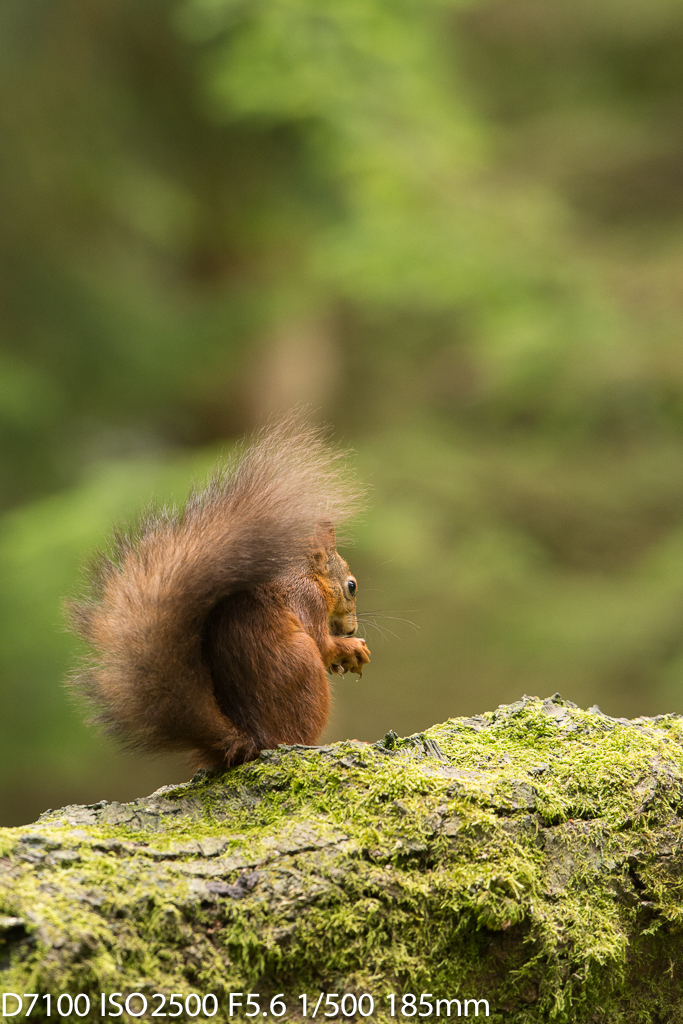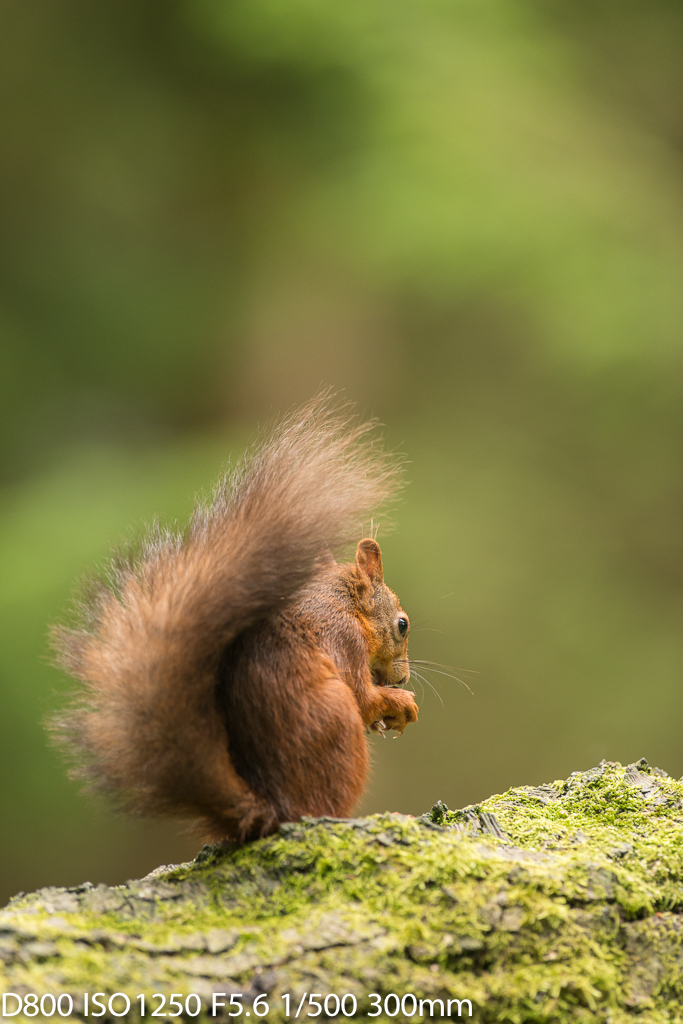Hello everyone,
Yesterday I was trying to explain to my friend that APS-c lens on sony6700 will NOT have a crop factor because this particular camera already has a crop sensor. There for size of the sensor exactly fits any APS-c lens.
But my friend admits that sony6700 sensor is smaler then APS-C Lens, so it will have a crop factor. I completely disagree with that.
Can someone in details explain this.
I do understand that crop factor will appear when crop sensor camera will be mounted with Full frame lens( E mount), or Full frame camera with crop sensor lens(APS-C).
I will really apreciate as many coments as possible.
Thank you for your time.
Yesterday I was trying to explain to my friend that APS-c lens on sony6700 will NOT have a crop factor because this particular camera already has a crop sensor. There for size of the sensor exactly fits any APS-c lens.
But my friend admits that sony6700 sensor is smaler then APS-C Lens, so it will have a crop factor. I completely disagree with that.
Can someone in details explain this.
I do understand that crop factor will appear when crop sensor camera will be mounted with Full frame lens( E mount), or Full frame camera with crop sensor lens(APS-C).
I will really apreciate as many coments as possible.
Thank you for your time.


 D71_8459 by -Rob - Nikon-
D71_8459 by -Rob - Nikon- DSC_9172 by -Rob - Nikon-
DSC_9172 by -Rob - Nikon-